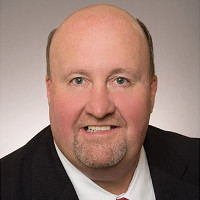Expert Commentary
Tech | Processing
New technologies are improving marinades and injections.
Read More
Business Strategies | Sustainability
The new face of responsible sourcing
The definition of responsible sourcing has expanded beyond food safety to include issues like worker safety, animal welfare and the environment, but the definition of "supply chain" is changing too
Read More
Fight for Food Safety
Are food allergen advisory statements helpful?
'May contain' may not help
Read More
AAMP
How AAMP works for small processors
AAMP membership provides professional support and growth you won't find anywhere else.
December 20, 2019
Stay ahead of the curve. Unlock a dose of cutting-edge insights.
Receive our premium content directly to your inbox.
SIGN-UP TODAYCopyright ©2024. All Rights Reserved BNP Media.
Design, CMS, Hosting & Web Development :: ePublishing















